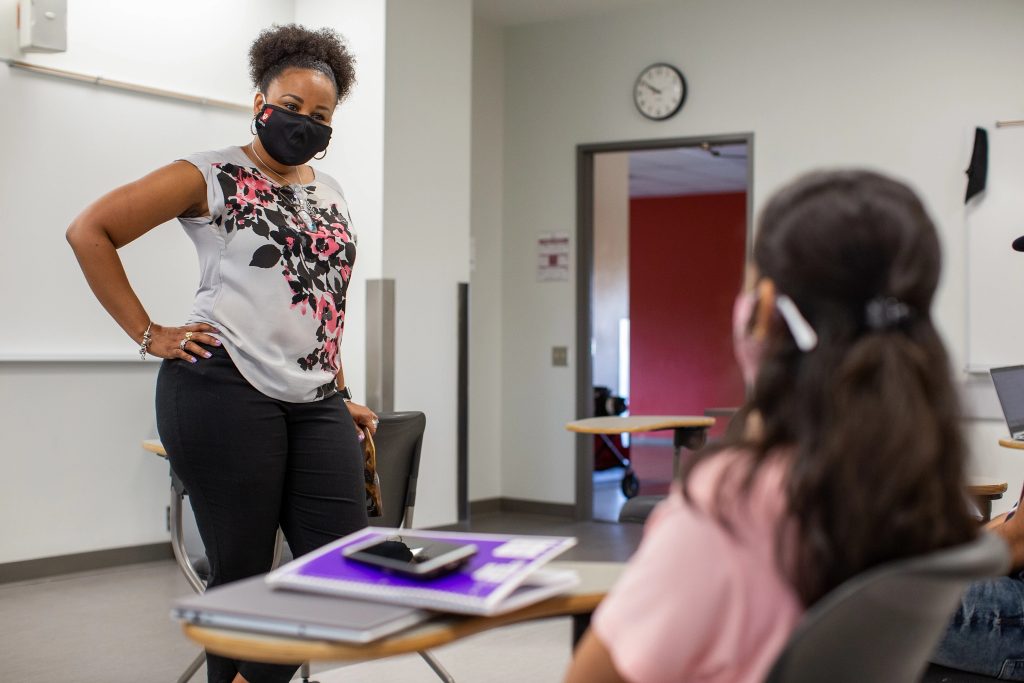Scaffolding is a teaching methodology that enables students to learn more effectively by providing them with tailor-made support structures. For primary teachers, scaffolding is essential for supporting young learners at various stages of their educational journey. Here are 10 scaffolding tips that primary teachers can use to enhance learning in their classrooms:
1. Start with what students know – Begin lessons by connecting new information to existing knowledge, so students can build on a foundation they already have.
2. Break down tasks – Large and complex tasks can be overwhelming for young learners. Breaking them down into smaller, manageable parts can help students achieve the overall objective step by step.
3. Use visual aids – Incorporate charts, pictures, and diagrams to convey concepts more clearly. Visual aids can make abstract ideas more concrete and easier to understand.
4. Encourage collaboration – Group activities and peer-to-peer instruction allow students to support each other’s learning, providing varying levels of scaffold that can adapt to individual needs.
5. Ask guiding questions – Prompt students’ thinking with open-ended questions that guide them towards the discovery of answers rather than simply providing them outright.
6. Provide models and examples – Show examples of finished work or provide templates to give students an idea of what is expected in the final outcome.
7. Offer feedback and adjust supports – Regular feedback helps students recognize areas for improvement and allows teachers to adjust the level of support provided according to each student’s progress.
8. Foster independent thinking – Gradually reduce the amount of scaffolding as competence grows, encouraging learners to think independently and take ownership of their learning.
9. Utilize technology – Integrate educational software and online resources that provide interactive experiences and can be customized to individual learner needs.
10. Be patient and flexible – Allow time for students to digest new material and understand that the removal of scaffolds should be a gradual process tailored to each learner’s pace.
By employing these scaffolding techniques, primary teachers can facilitate a supportive learning environment that helps all students reach their potential.






